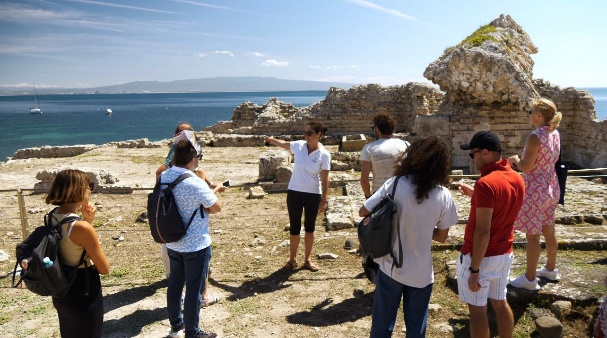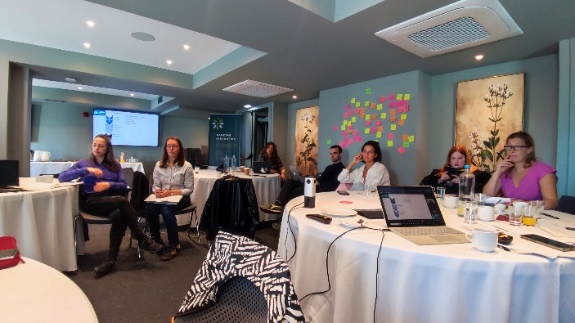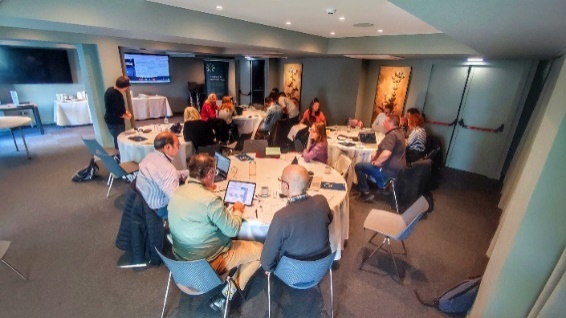Functionality cookies allow us to remember your preferences, to customise certain features and general options of our website each time you access it (for example, the language in which the information is presented to you, the sections marked as favourites, your type of browser, etc.).
Therefore, this type of cookies does not have an advertising purpose, but by activating them you will improve the functionality of the website (for example, by adapting to your type of browser) and the personalisation of the website based on your preferences (for example, by presenting the information in the language you have chosen on previous occasions), which will contribute to the ease, usability and comfort of our website during your browsing.
You can enable or disable these cookies by ticking the appropriate box, being disabled by default.
Please enable strictly necessary cookies first so that we can save your preferences!






